Ms. Bui Cuc said that to prepare well for the 10th grade entrance exam, students need to combine many methods of learning Literature such as: reading carefully, relating to real life, using mind maps, practicing writing and referring to extended documents.
First, students need to diligently consult knowledge from many sources such as books, newspapers, the internet, and even AI... to improve their understanding; read reliable documents to learn how to analyze, argue, and provide evidence. Students should note that using AI to look up quickly must always verify and compare with official sources. At the same time, read books, stories, and follow current events to develop critical thinking, broaden perspectives, improve analytical skills, and expand practical knowledge, form proactive learning habits, and have effective information access methods.
According to her, using mind maps is an effective way to systematize knowledge such as summarizing text content, systematizing character traits, etc. This method helps students memorize knowledge in a visual, logical way, easy to learn and easy to review before exams. Students should also learn and practice reading texts on a variety of topics such as love for homeland, family, will to live, will to rise up or responsibility to society, etc.
Revision should always be accompanied by practice. Students should practice writing paragraphs and essays according to the topic, then self-evaluate their work and ask the teacher to correct their mistakes. They should practice writing a small exercise every day to form a habit, starting from short paragraphs to complete essays.
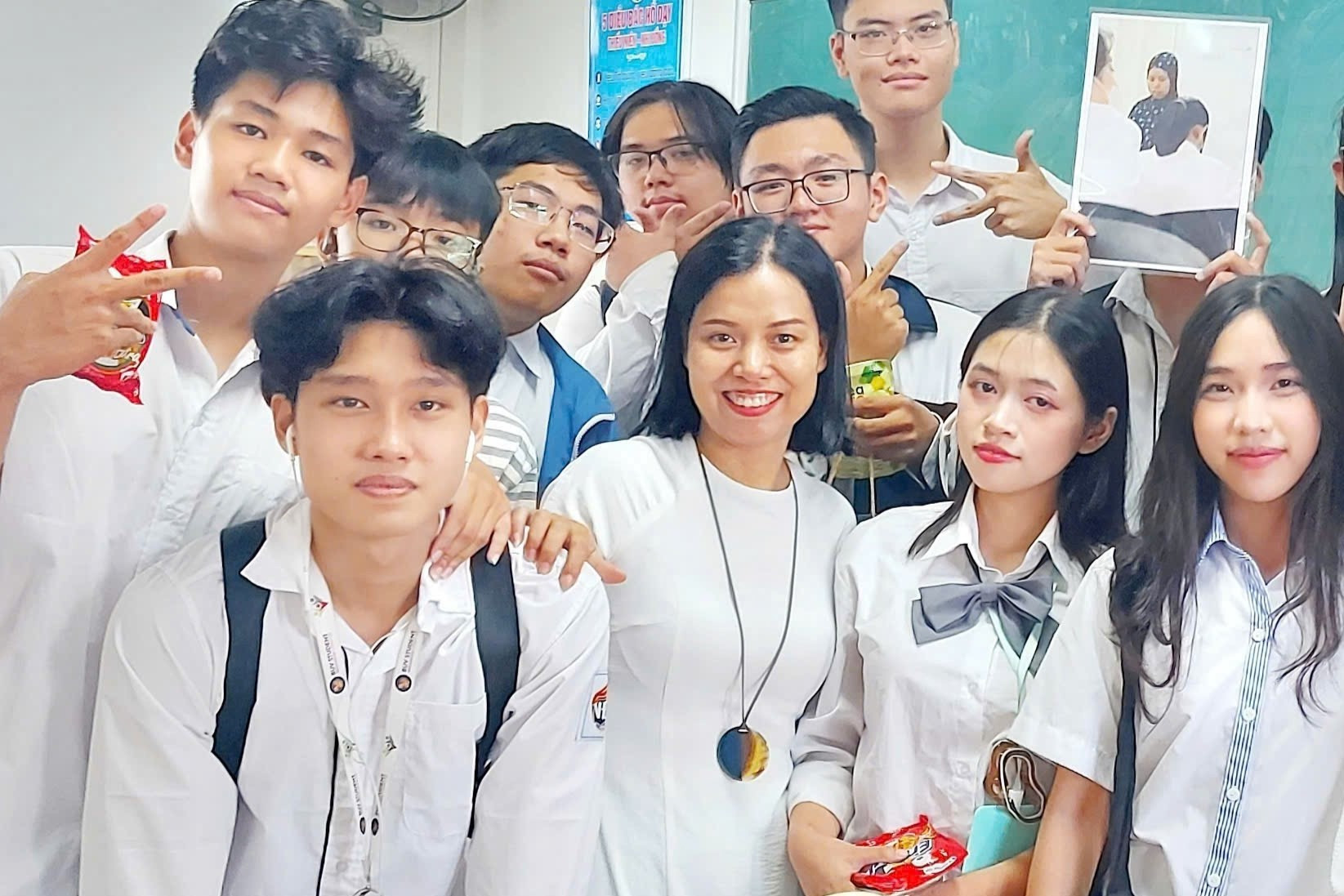
Besides, understanding the structure of the 10th grade entrance exam is also very important.
Students need to have a firm grasp of the test time and structure. The time for the Literature test is 120 minutes. The content consists of 2 parts: Part 1 - Reading comprehension can be varied in text genres with about 4-5 questions (4 points); Part 2 - Writing - Literary and social argumentative essays (6 points), a paragraph of about 200 words and an argumentative essay of 400 words.
It is important to divide your time wisely. Students should spend 30-35 minutes on the reading comprehension section, 30 minutes on the literary essay, and 40 minutes on the social essay; if possible, spend the last 5-10 minutes re-reading and editing your writing.
Normally, the reading comprehension section has question types for students to identify basic information such as: name, state, point out, list, present, identify (characteristics of text type/genre, main expression method, rhetorical devices, words, special images in the text). Or the question type explains the meaning (meaning of words, sentences, images...), analyzes (characteristics of text type, genre, effect of rhetorical devices...), points out, identifies (theme, message, feelings, emotions of the writer, thesis, points...), summarizes (main ideas of a paragraph, text content...) or comments, evaluates (content, form, argumentation, topic, information selection and arrangement, attitude and viewpoint of the writer...).
Questions to apply, relate, extend and infer from the text content such as: drawing lessons from the text and relating to real life or personal views on an issue raised in the text.
Students need to think creatively, not only answer the right questions but also have in-depth explanations, combine with appropriate evidence, apply argumentative operations such as explanation, analysis, and proof to make the writing lively and convincing, know how to expand the issue, give personal opinions, relate to reality, apply knowledge outside of books to make the writing more profound, along with scientific writing presentation skills.
In terms of writing, students need to create complete texts (paragraphs, essays) presenting opinions, viewpoints... For example, for literary argumentative paragraphs, students should pay attention to emphasizing the unique values of content and art, standards and creativity in language, paying attention to humanity, educational messages of compassion, tolerance, towards truth - goodness - beauty, love of nature... As for social argumentative essays, students need to master the structure of the article, practice how to develop content, evidence needs to be authentic, specific, can be taken from books, newspapers, current events, real examples, know how to refute incorrect, negative thoughts related to the issue to make the article more profound. Know how to compare and contrast with similar issues to expand the scope of thinking, pay attention to the natural, objective, profound writing style.
Ms. Cuc believes that with a reasonable study strategy and persistent practice, students will confidently achieve good results in this important exam.
Source: https://vietnamnet.vn/co-giao-ha-noi-chi-cach-on-tap-lam-bai-thi-lop-10-mon-van-dat-diem-cao-2384574.html



![[Photo] Ministry of Defense sees off relief forces to the airport to Myanmar for mission](https://vstatic.vietnam.vn/vietnam/resource/IMAGE/2025/3/30/245629fab9d644fd909ecd67f1749123)



![[Photo] Prime Minister Pham Minh Chinh chairs meeting to remove difficulties for projects](https://vstatic.vietnam.vn/vietnam/resource/IMAGE/2025/3/30/7d354a396d4e4699adc2ccc0d44fbd4f)
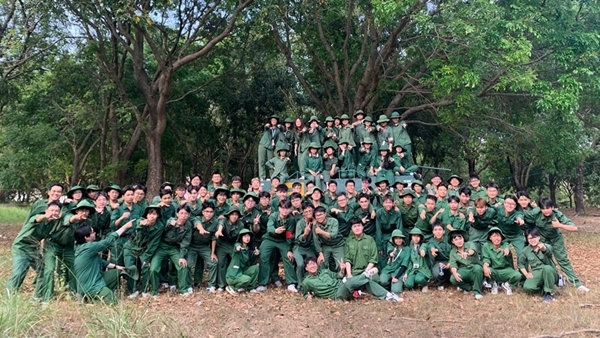

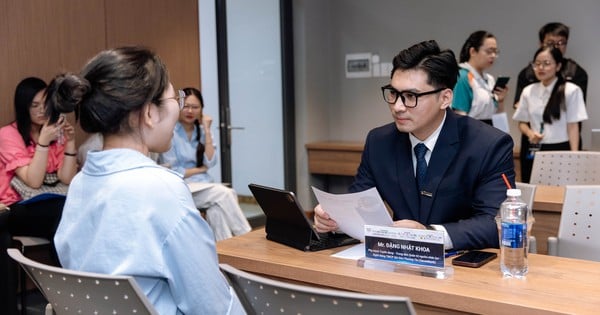

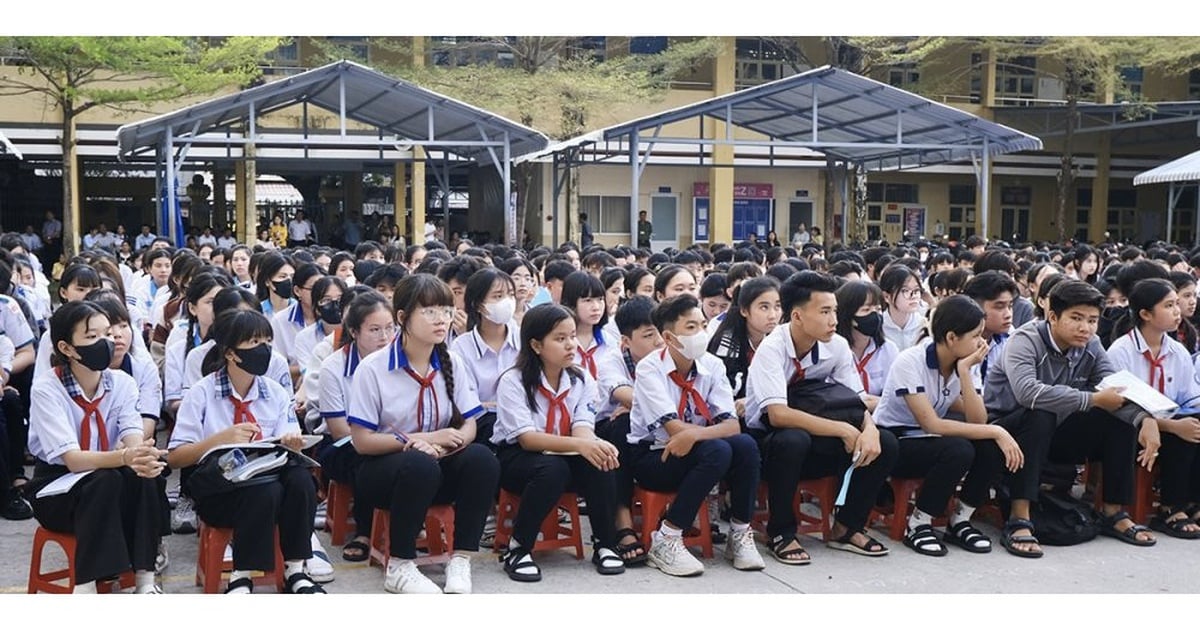








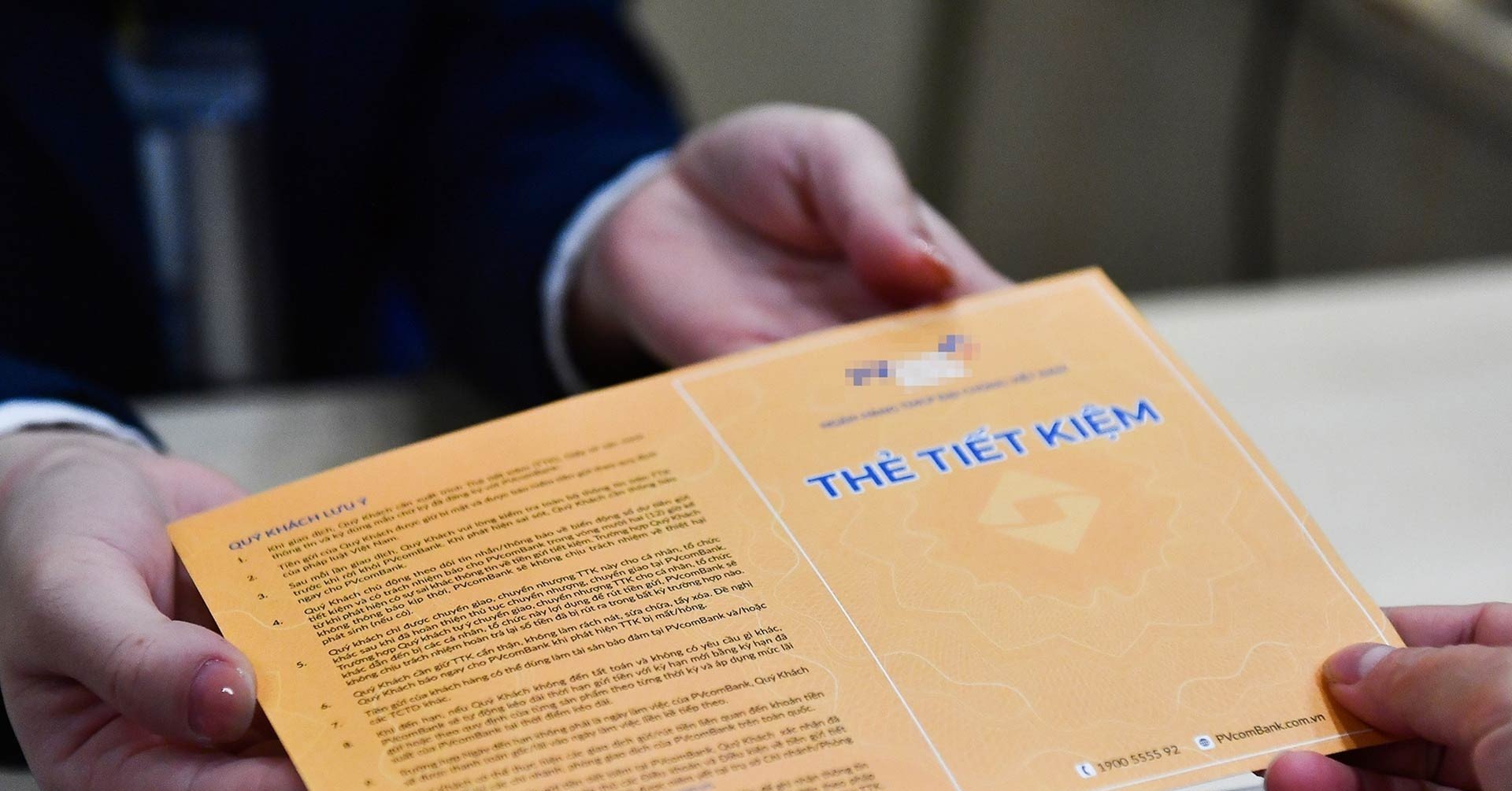


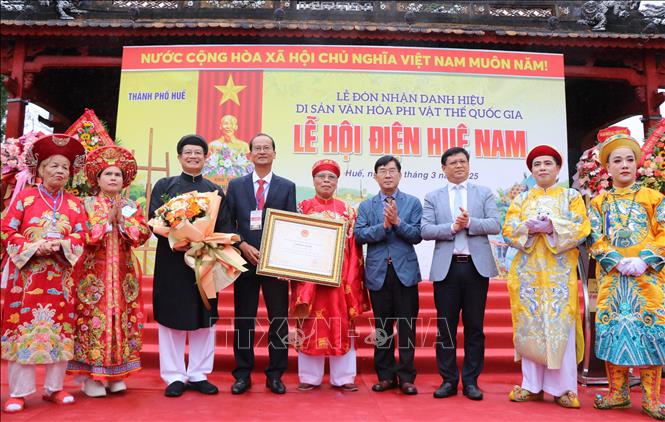



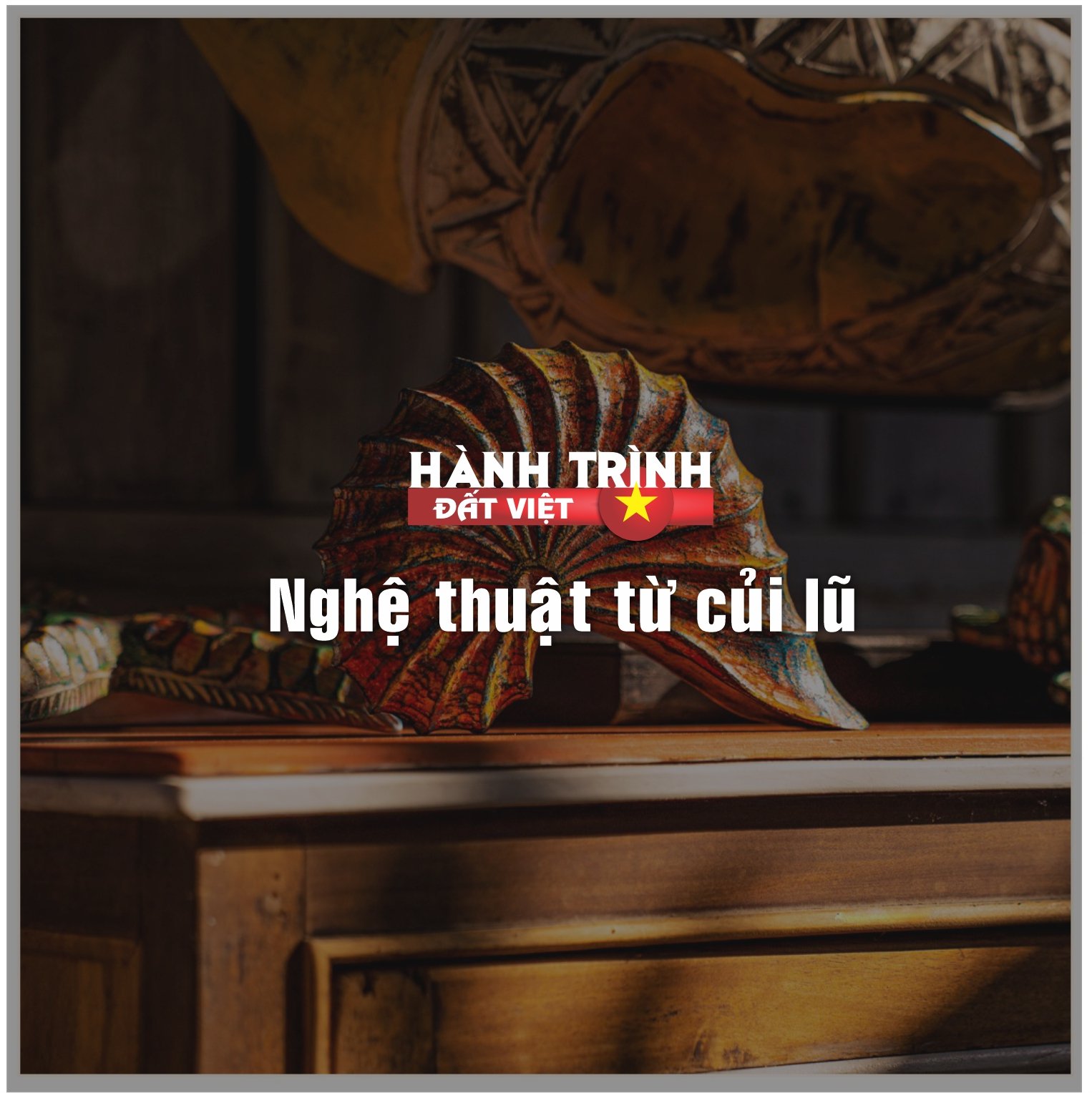






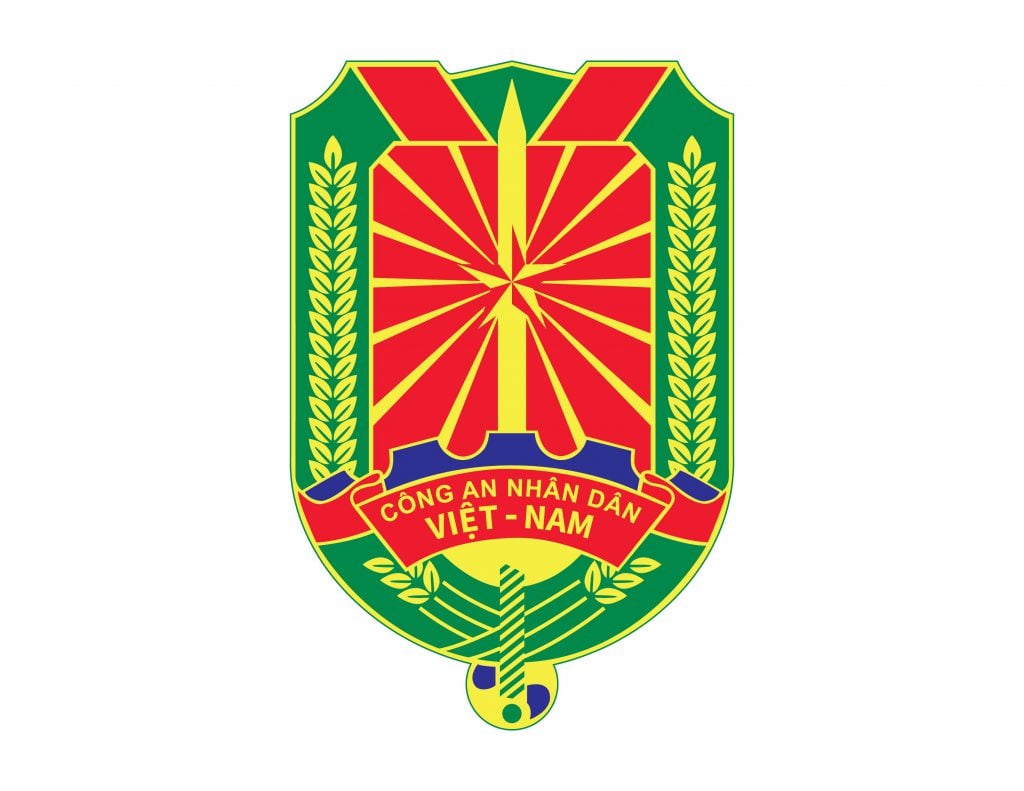
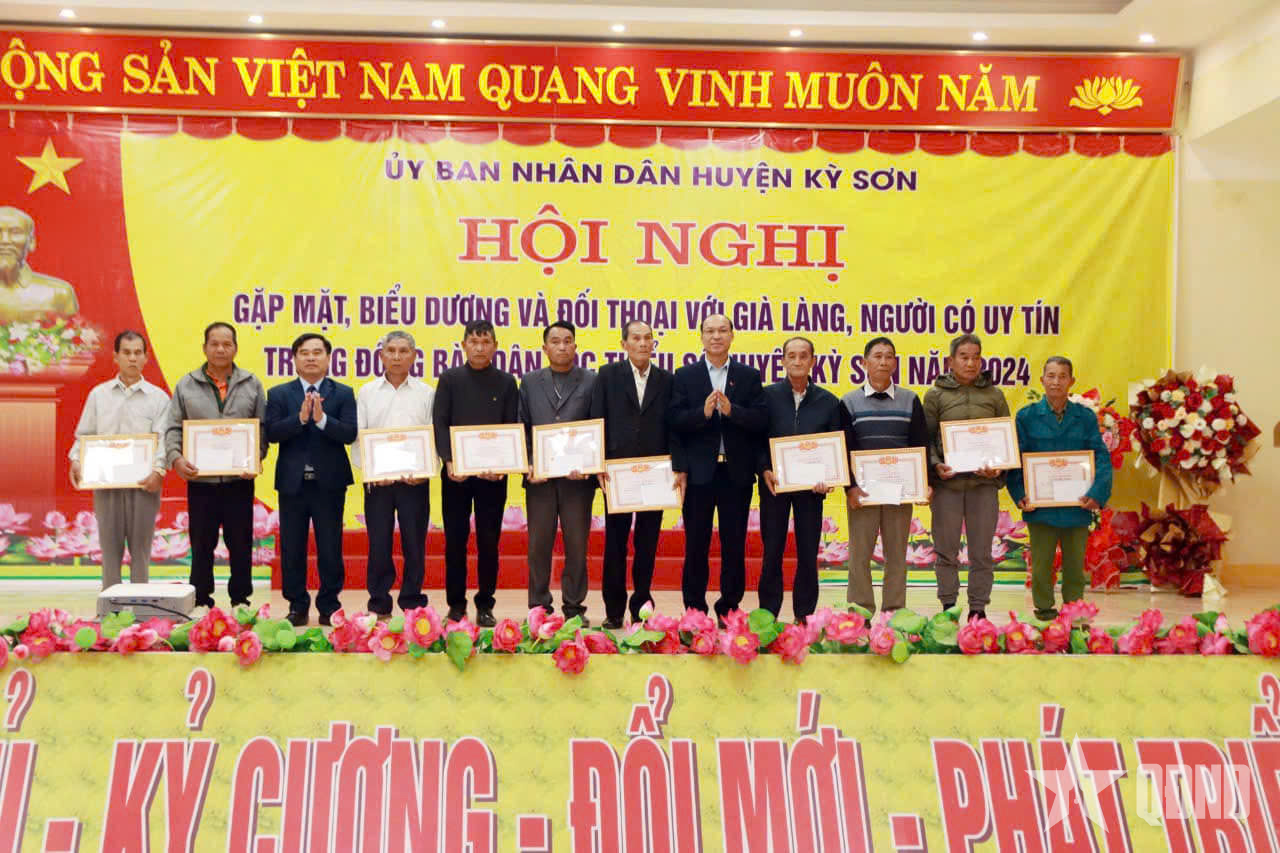




















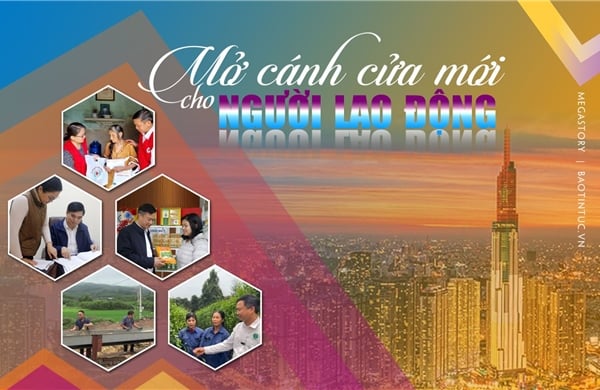
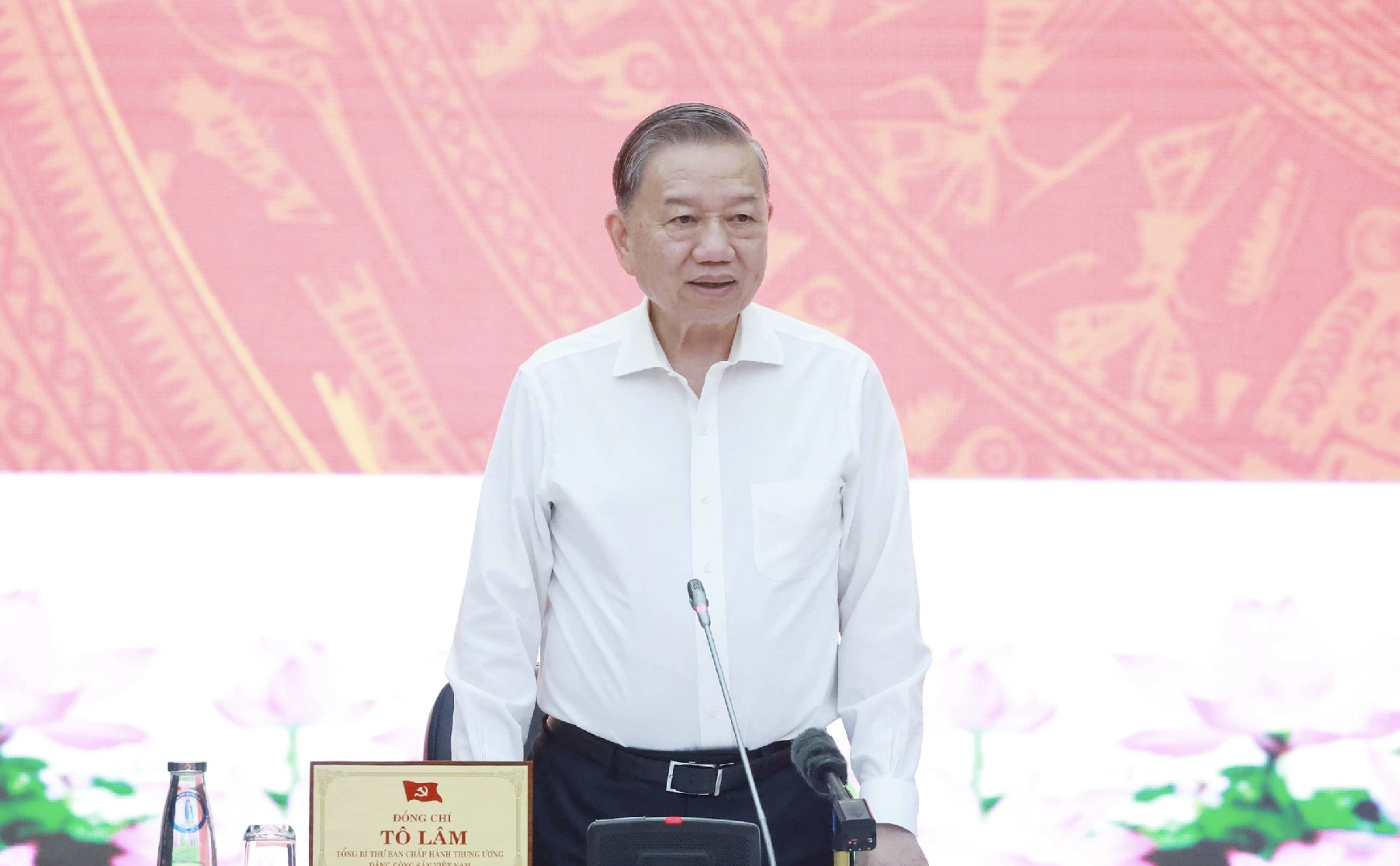






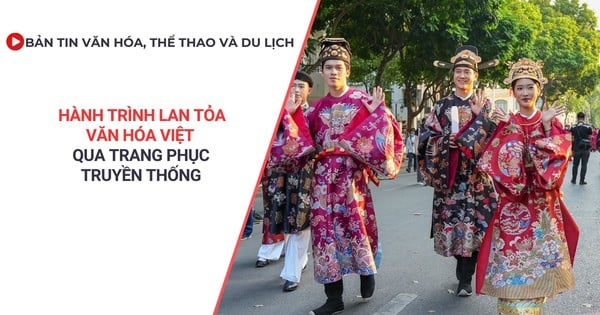




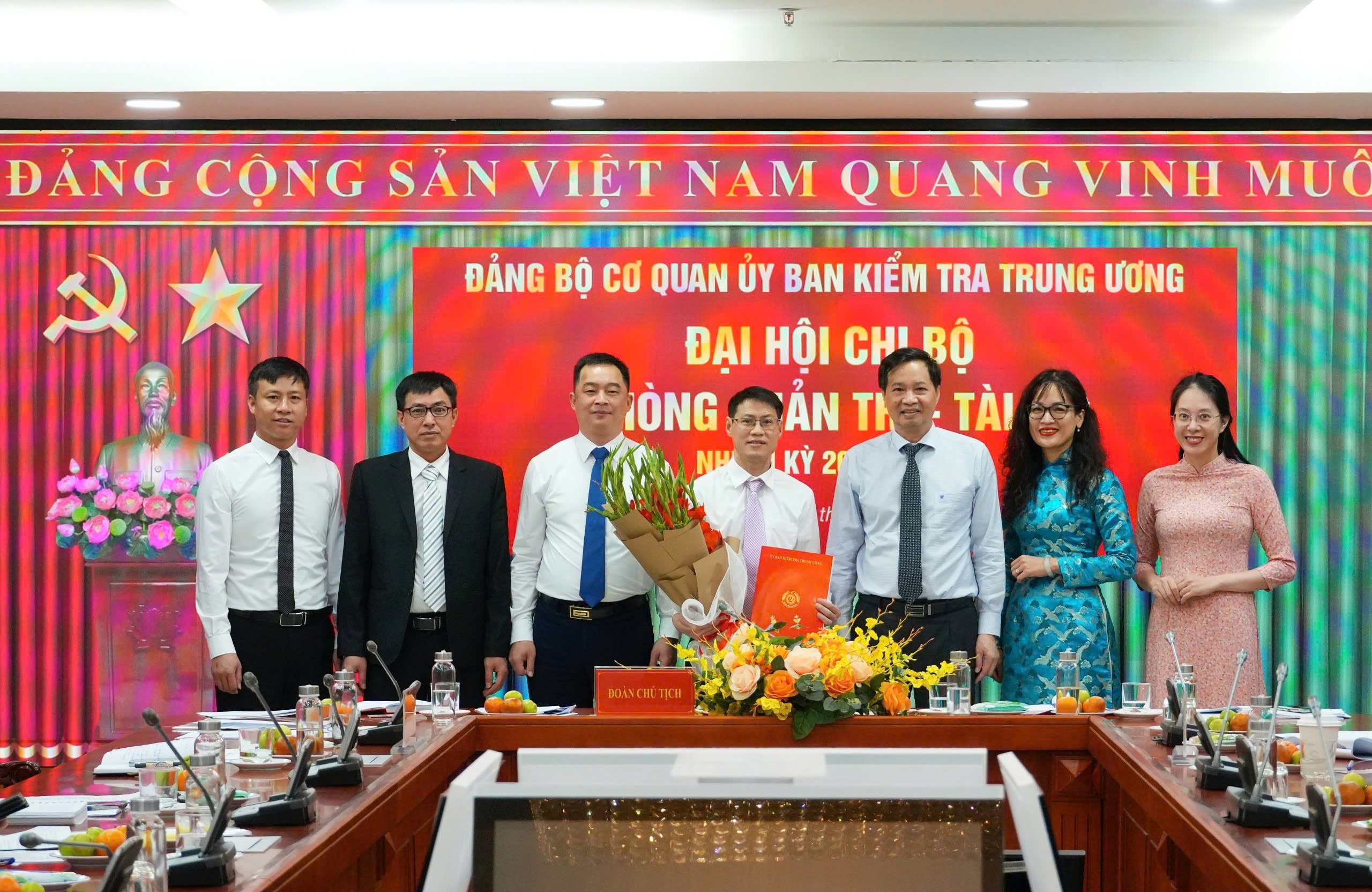
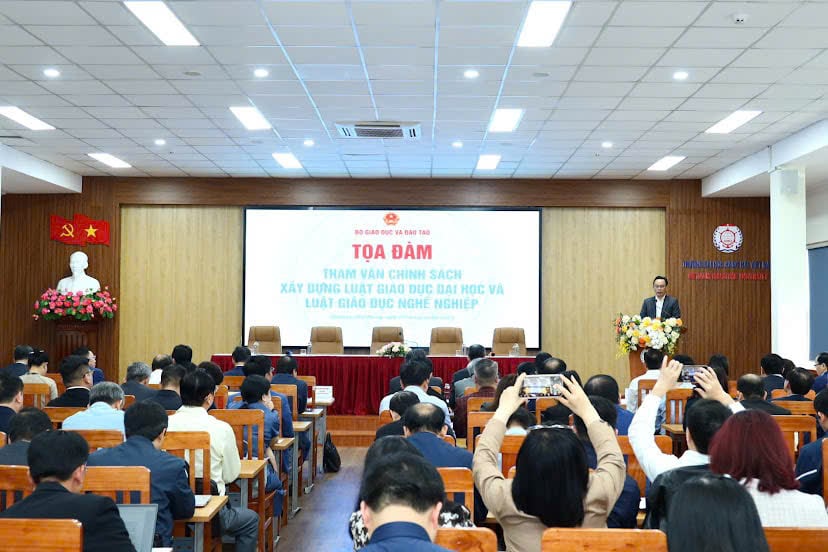

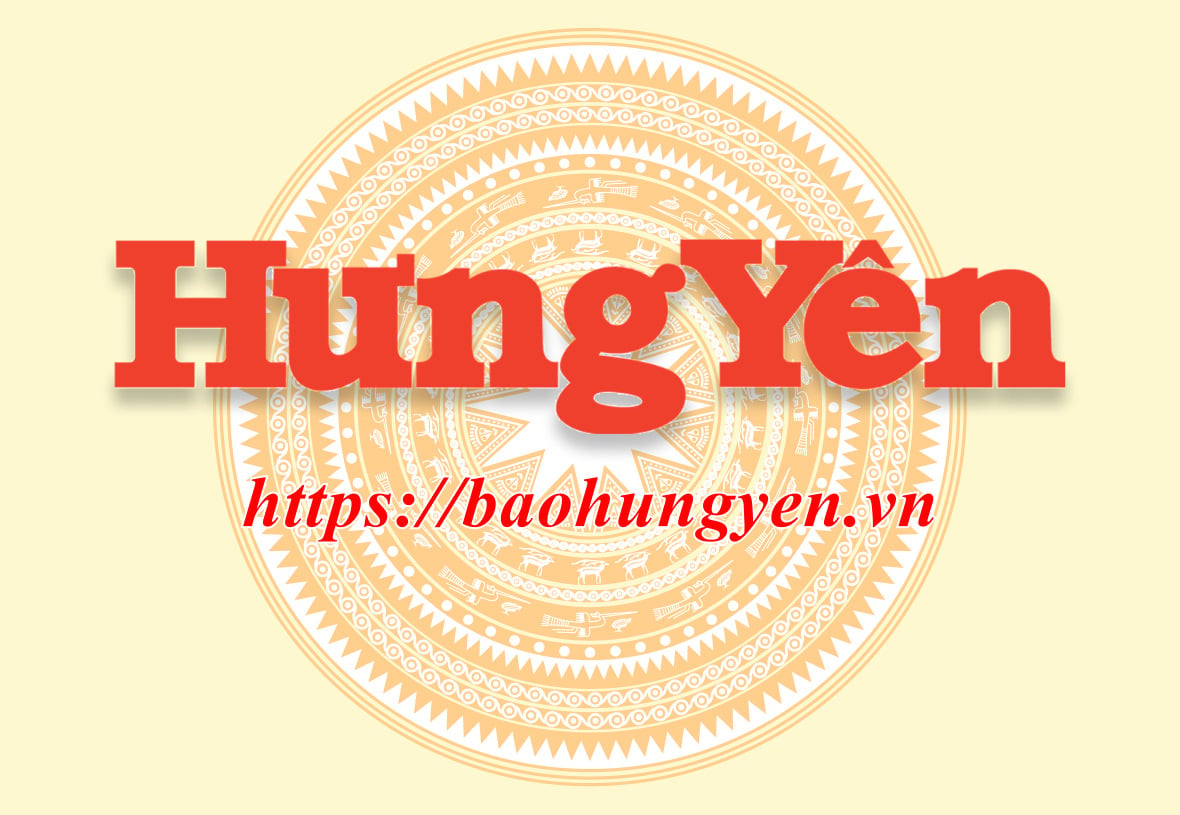

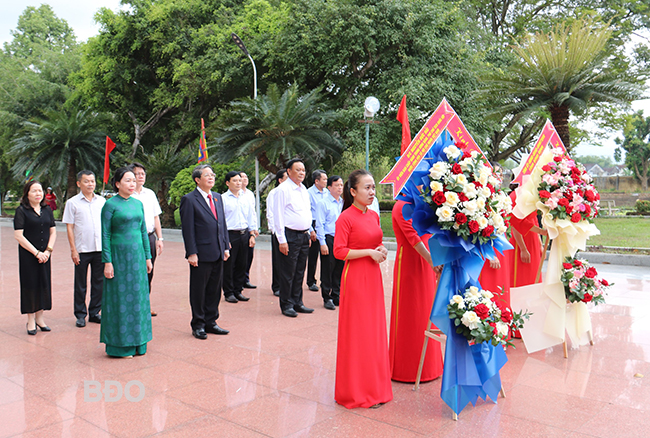




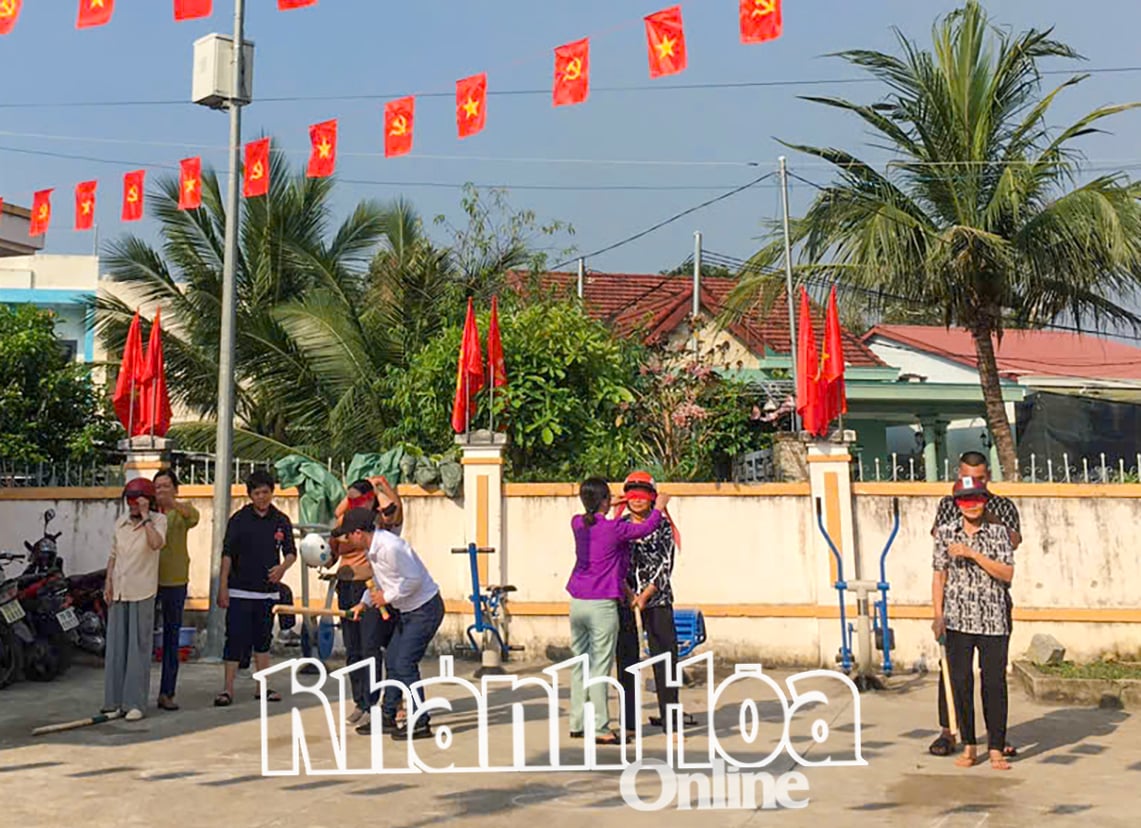




![[REVIEW OCOP] An Lanh Huong Vet Yen Cat](https://vstatic.vietnam.vn/vietnam/resource/IMAGE/2025/3/27/c25032328e9a47be9991d5be7c0cad8c)




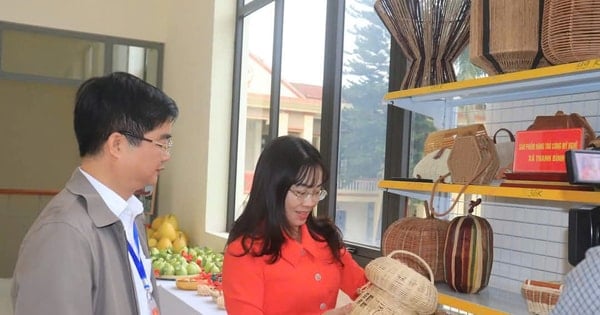
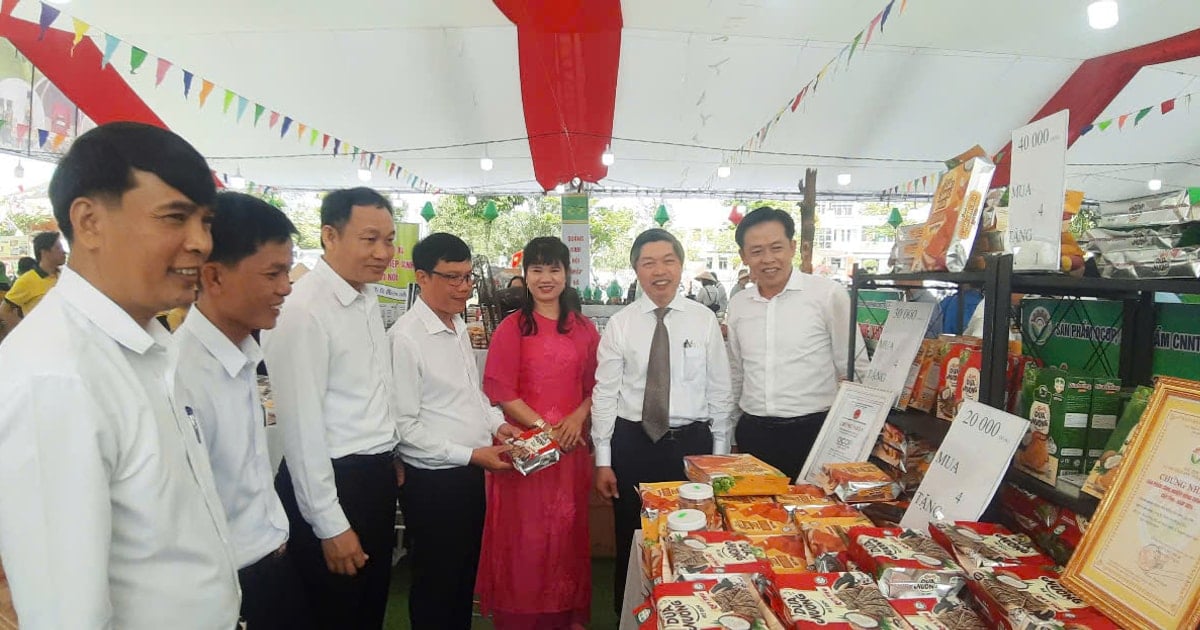

Comment (0)